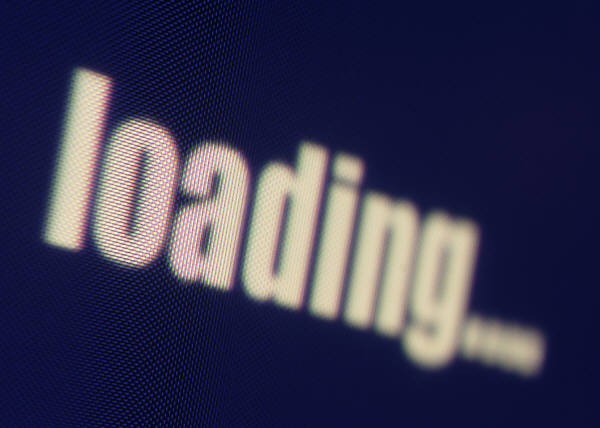So let me start with a few extracts from a blog piece that was written by Mr. Will McKinley a New York writer and author. Why? Well, I want this subject matter (Streaming versus Linear TV) to not be seen as my opinion (because I don’t have the clout when it comes to people taking note of what I say … But I do say things that other more famous people say, often way before them – Sometimes that is frustrating. Sometimes it reassuringly delights.)
I love the convenience of streaming. It’s thrilling to have easy access to every episode of shows (and movies) I love, and have loved for my entire life. But, in a landscape where there’s so much choice, having everything can almost feel like having nothing. There’s no call-to-action, no immediacy, no reason why I should watch one thing over another right now. But perhaps more importantly, there’s no shared experience…
But perhaps most importantly, a linear network means that someone else is doing the work for you. Because sometimes you just want to plop down on the couch and watch, not assemble your own custom lineup from across multiple streaming platforms (and I speak from experience, because I subscribe to pretty much all of them)…
Will on-demand streaming be a dominant force in TV? No doubt. In a sense, it already is. But creatively curated linear programming will always be an important option. They call TV viewers couch potatoes, not couch amateur TV executives for a very good reason. Never underestimate the laziness of the American public.
While this ‘Linear versus Streaming TV’ narrative plays out across the world, it was interesting to see at IBC 2016 show in Amsterdam that TV technologists can now introduce SVOD content into EPGs as if it were a Linear channel. There are also companies that will, for a small fee per annum, curate Free on-line programmes for you (e.g. Rabbit TV’s Freecast) so that you do not have to do the hard work of being your own amateur TV executive – Thank you, Will McKinley, for that expression, which I too have used in many previous articles to express the burden TV viewing is becoming.
Let’s not forget that TV, despite its modernisation, is a product that has to appeal to the masses. i.e. The old, not so old and the very young. I don’t like to use the term Millennials because they too will have life-events that will make them lazy couch potatoes. So as far as the majority of TV viewers is concerned, being entertained must not be hard work. So if TV streaming becomes the norm, we will be expected to be our own TV show curator, which means that we will end up stuck in a viewing rut, as our limited knowledge of what is available from the global pool of entertainment is limited by our ability to memorise the planet’s content. Yes, we are we now expected to take the cognitive burden of knowing what content is available from what provider and whether we have already seen it or not by having to dig through all the buried content.
Live broadcasts are also an opportunity to encourage sampling by channel-surfing new viewers, in a way that streaming will never offer.
I agree with Mr. McKinley when he says that we still need the lazy person’s option for a long time to come.


